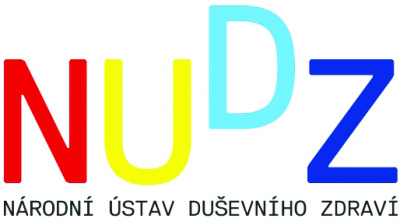Compact System for Measuring Autonomous Regulation of the Sensory System (COMSYMARSES)
Technology description
| The name of the technology: | Compact System for Measuring Autonomous Regulation of the Sensory System (COMSYMARSES) |
|---|---|
| Challenge: | Sensory gating ratio (SGR) is a neurophysiological indicator of pre-attentive filtration of ineffective stimulation load, which is an important part of neuronal operations responsible for attention, working memory, behavioural inhibition, or protection of cognition. The original concept of SGR was based on the evoked potential of P50 and became one of the endophenotypes of psychosis (schizophrenia and bipolar affective disorder). Over the past few years, SGR measurements have been extended to include later evoked potentials, such as N100 and P200, which show greater sensitivity, inter alia, to psychometrically correlated impulsivity, which is an important part of non-psychotic clinical phenomena associated with a disrupted behavioural inhibition system. The development of easy-to-use and user-friendly devices derived from complex measurement systems of electrophysiological variables should make it possible to easily record and evaluate changes in sensory sensitivity. |
| Description: |
The COMSYMARSES is an easy to use device that is able to determine the rate of sensory gating based on the evaluation of the decrease in the amplitude of evoked potentials caused by repeated stimulation by a pair of white noise sound doses. The system will be compatible with a mobile phone running under the android operating system, where the values of the measured evoked potentials and SGR will be displayed using a comprehensible application. An important function of the application will be the history of measured values together with the ability to create an average curve from several recordings. Accurate measurement, analysis, and resulting evaluation of brain biosignals using EEG devices require sophisticated and tuned processor-controlled electronic circuitry sets. Therefore, an innovative challenge is to create a system that is simpler to use than conventional EEG (portability, preparation time, evaluation speed), whilst maintaining its accuracy comparable to a standard medical EEG system. The solution of this issue is to use controlled artificial simulation of the biological signal in combination with artificial intelligence elements to set the parameters of the individual technical components ensuring the acquisition, storage and evaluation of the signals. Implementation of automatic artifact removal, based on retrospective evaluation of the captured record using artificial intelligence procedures, will also be essential. An important part of the innovation process is the incorporation of elements of economic rationality that will accompany the development of the system in such a way that the generalized technical solution does not exceed an acceptable range of forecasted production costs. *P50 = event related potential occurring approximately 50 ms after the presentation of a stimulus *N100 = negative evoked potential occurring approximately 100 ms after the onset of a stimulus *P200 = event related potential occurring approximately 200 ms after the presentation of a stimulus |
| Commercial opportunity: | If a researcher, psychologist or psychiatrist currently needs to monitor the SGR (or associated evoked potential values), they must rely on the work of a specialized EEG laboratory that is not always readily available. This means that when they want to follow the evolution of SGR values over time, they have to repeat such special examinations frequently, which poses a significant time and economic burden on the patient and the healthcare system. COMSYMARSES, due to its properties (portability, ease of use, comprehensible representation of results), should ensure the possibility of routine SGR examination, which is considerably cheaper, faster and more comfortable for the patient compared to standard examination procedures. |
| IP protection status: | Protected as a know-how. All technical and implementation documents are stored on a protected server managed by National Institute of Mental Health. |
| Development status: |
Clinical trials |
| Partnering strategy: | Collaboration investment licensing |
| More information: | Vlcek, Premysl et al. "Sensory disturbances, inhibitory deficits, and the P50 wave in schizophrenia." Neuropsychiatric disease and treatment 10 (2014): 1309. |
| Images: | No picture inserted |
| Categories: | Research Tools Diagnostics Life Science and Health |
| Owner of a technology: | National Institute of Mental Health |
